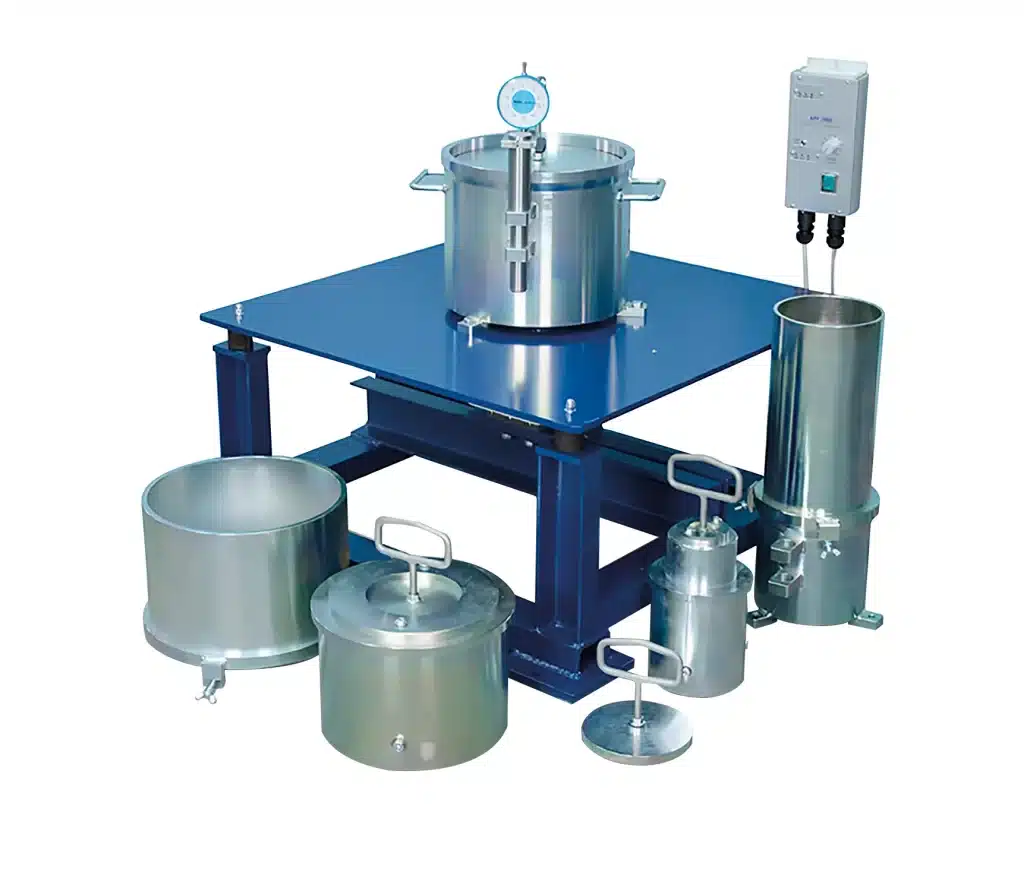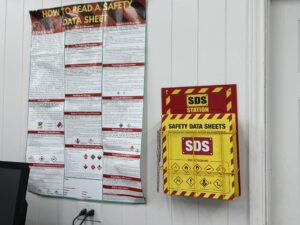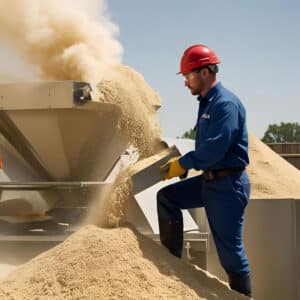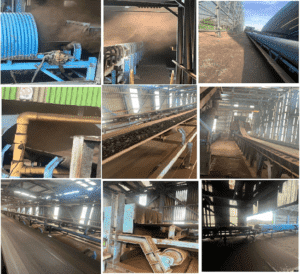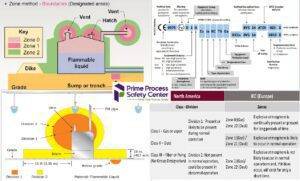We also offer
What is Relative Density (Specific Gravity) Testing
Relative density, also known as specific gravity, is the ratio of the density of a substance to the density of a reference material, typically water at 4°C or 20°C. It is a dimensionless value that provides insight into the heaviness or lightness of a substance compared to water or another standard reference.
Relative density testing is an essential method for material identification, purity assessment, and quality control. It also plays a vital role in product formulation and material selection across industries such as pharmaceuticals, food and beverages, construction, metallurgy, and petroleum. In manufacturing, determining relative density ensures the consistency and uniformity of materials used in production.
At Prime Process Safety Center, we provide accurate and efficient relative density testing services to help industries verify the physical properties of substances. Our state-of-the-art testing instruments deliver precise and reliable results, supporting both research and production requirements.
When to Perform Relative Density Test
A relative density test (or specific gravity test) is recommended when dealing with the storage and handling of hazardous substances, as it determines how a substance behaves in different environments.
-
Environmental and Spill Safety: Knowing whether a substance is denser or lighter than water helps assess its buoyancy and potential environmental impact in case of spills. Denser materials may sink and contaminate sediments, while lighter ones can float and spread hazards across the surface.
-
Transportation Safety: Understanding relative density assists in selecting proper containers, packaging, and handling procedures, helping to prevent spills or accidents during transportation.
-
Chemical Compatibility: Relative density measurements help assess whether substances can be safely mixed. Density differences can lead to phase separation or unwanted reactions if not properly managed.
-
Substance Identification: Specific gravity serves as a characteristic property for identifying and classifying materials, ensuring accurate documentation in Safety Data Sheets (SDS) and compliance with hazard communication standards.
Why Choose Prime Process Safety Center
Prime Process Safety Center is a trusted leader in process safety testing, supported by a team of highly experienced laboratory professionals.
-
We are knowledgeable and experienced in performing specific gravity tests, ensuring accurate and defensible results.
-
We use advanced testing equipment that delivers precise and sensitive measurements for both liquids and solids.
-
Our laboratory follows strict testing protocols and comprehensive quality control measures to ensure consistency and reliability.
- As an ISO/IEC 17025:2017 accredited laboratory, we follow rigorous quality and competency requirements for every test we perform.
-
Our ultimate goal is to provide accurate, reliable, and defensible data that meet both industry and regulatory standards, supporting your operational safety and product quality needs.
FAQ
What is relative density, and why is it important in safety?
Relative density, also known as specific gravity, is the ratio of the density of a substance to the density of a reference substance (usually water). It is crucial in safety as it helps assess a substance's behavior in different environments, aiding in proper storage, handling, and transportation. Understanding relative density assists in risk assessment and prevents potential hazards associated with substances of varying densities.
How is relative density measured or calculated?
Relative density is typically measured using a hydrometer or by comparing the weight of a given volume of a substance to the weight of an equal volume of water. The formula for relative density is: Relative Density=Density of Substance/Density of Reference Substance. The density is expressed in mass per unit volume (e.g., grams per cubic centimeter).
What safety considerations are influenced by relative density?
Relative density affects several safety considerations, including storage practices. Substances denser than water might sink and pose environmental risks if spilled into water bodies. Conversely, lighter substances may disperse differently in the air, affecting inhalation risks. It also impacts transport methods, segregation of materials, and the selection of appropriate containers.
How does relative density affect the buoyancy of substances?
Substances with a relative density greater than 1 will sink in water, while those with a relative density less than 1 will float. This information is critical for assessing the potential impact of spills or leaks, guiding response strategies, and preventing environmental contamination.
What are the implications of relative density in hazardous material labeling and handling procedures?
Relative density plays a significant role in labeling hazardous materials and formulating appropriate handling procedures. It aids in material classification, ensuring accurate labeling based on density-related properties. It also guides emergency response protocols and helps in designing containment and mitigation strategies for different substances based on their densities.
What is apparent bulk density, and how is it measured?
Apparent bulk density refers to the mass of a bulk material divided by its total volume, including the intergranular void spaces. It's typically measured by filling a container of known volume with the material and calculating the mass of the material in that volume.
Why is apparent bulk density important in safety considerations?
Apparent bulk density is crucial in safety because it influences the handling, storage, transportation, and processing of bulk materials. Understanding this metric helps prevent hazards like dust explosions, facilitates proper storage to avoid collapses or spills, and ensures safe handling and transport procedures.
How does apparent bulk density impact material handling and storage practices?
Apparent bulk density affects how materials pack, flow, and stack. Materials with different densities require varying handling techniques and storage conditions. This metric guides proper stacking to prevent collapses, helps in designing adequate containment systems, and aids in preventing hazards related to poor flow characteristics or instability.
What safety measures are recommended based on apparent bulk density?
Safety measures based on apparent bulk density include controlling dust generation, managing static electricity, implementing proper ventilation systems, using appropriate personal protective equipment (PPE), conducting regular equipment maintenance to prevent blockages, and following safe handling and storage protocols.
In what industries or applications is apparent bulk density particularly important for safety?
Apparent bulk density is crucial in industries dealing with powdered or granular materials, such as pharmaceuticals, food processing, mining, agriculture, and chemical manufacturing. It is relevant in applications involving transportation, storage, processing, and quality control of bulk materials.


